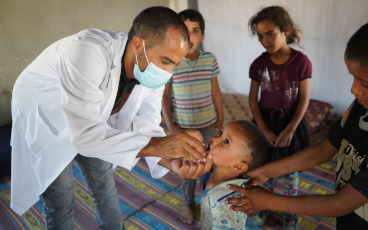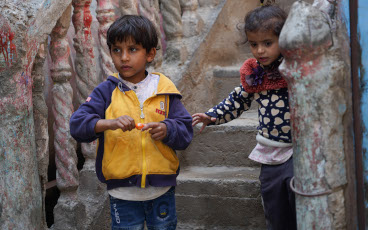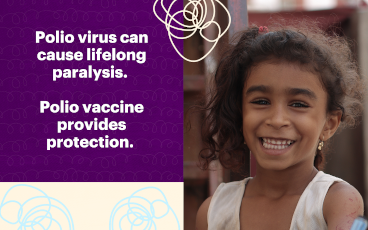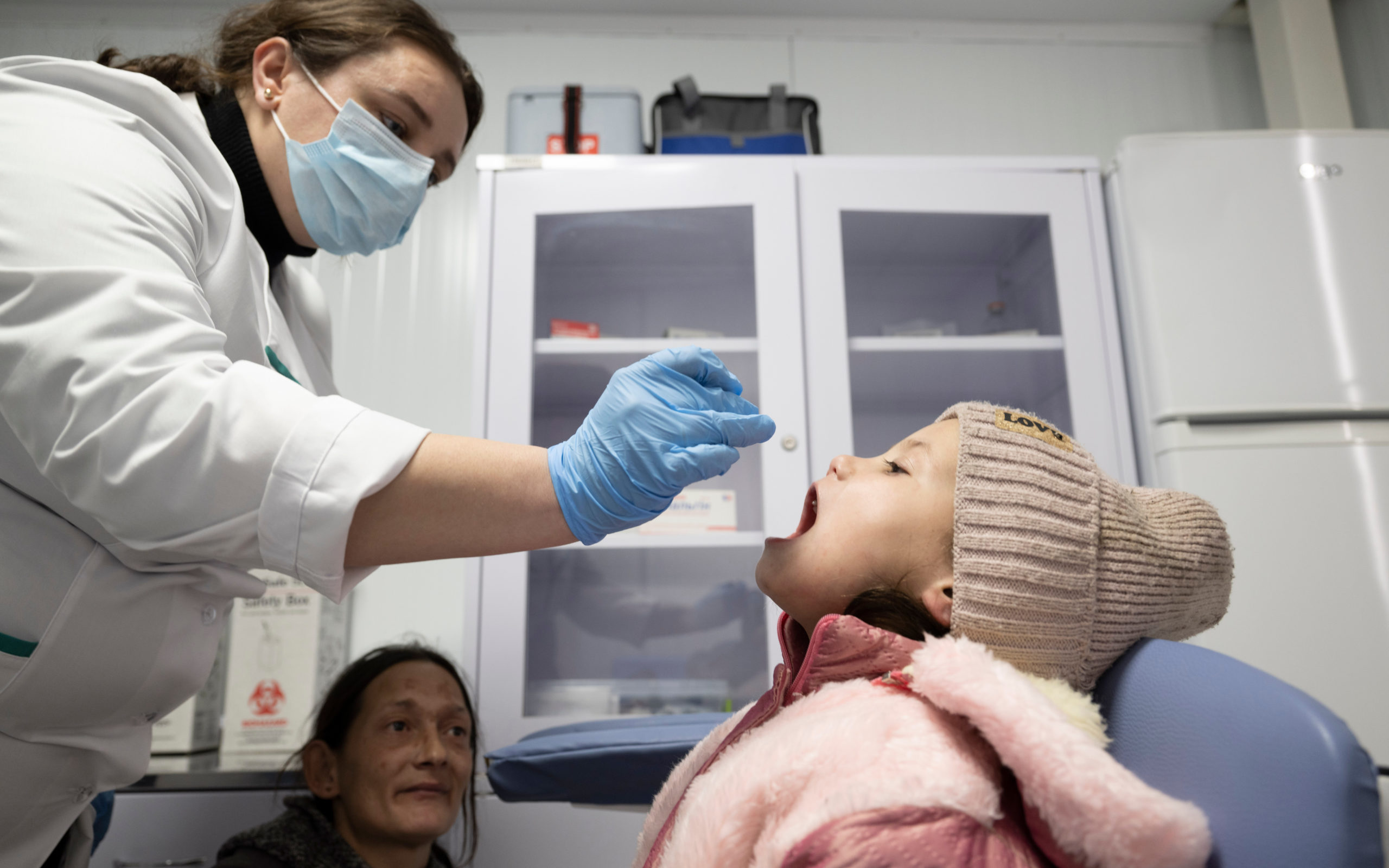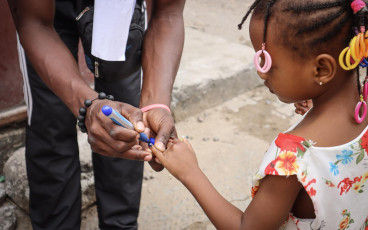GPEI Statement on cVDPV2 detections in Burundi and Democratic Republic of the Congo
16 March 2023
Through ongoing surveillance, the Global Polio Eradication Initiative (GPEI) has received notification of the detection of circulating vaccine-derived poliovirus type 2 (cVDPV2) in Burundi and the Democratic Republic of the Congo (DRC) linked with the novel oral polio vaccine type 2 (nOPV2). The viruses were isolated from the stool samples of seven children with acute flaccid paralysis (AFP) – six in DRC (eastern Tanganyika and South Kivu provinces), one in Burundi (Bujumbura Rural province) – and from five environmental samples collected in Burundi (Bujumbura Mairie province). All reported isolates stem from two separate and new emergences of cVDPV2 linked with nOPV2 that originated in Tanganyika and South Kivu provinces in DRC.
GPEI is supporting local authorities in both and neighbouring countries to conduct a thorough risk assessment and plan vaccination responses to reduce the risk of further transmission, as per outbreak response protocols. Burundi and DRC have scheduled initial vaccination campaigns to be conducted in April and based on the ongoing risk assessment, subsequent campaigns may be expanded to include areas in neighbouring countries.
Additionally, both AFP and environmental surveillance are being stepped up in the areas of detection, and the operationalization of further environmental surveillance sites is being evaluated. Samples from Burundi, DRC, and neighboring countries are also being prioritized for testing by the Global Polio Laboratory Network.
These are the first instances of cVDPV2 linked with nOPV2 since roll-out of the vaccine began in March 2021*. While detection of these outbreaks is a tragedy for the families and communities affected, it is not unexpected with wider use of the vaccine. All available clinical and field evidence continues to demonstrate that nOPV2 is safe and effective and has a significantly lower risk of reverting to a form that cause paralysis in low immunity settings when compared to monovalent oral polio vaccine type 2 (mOPV2).
To date, close to 600 million doses of nOPV2 have been administered across 28 countries globally, and the majority of countries have seen no further transmission of cVDPV2 after two immunization rounds. Throughout the vaccine’s extensive field use, the strains in DRC and Burundi are the only two cVDPV2 emergences detected that have been linked with nOPV2. A preliminary assessment suggests an estimated 30-40 new cVDPV2 emergences, conditional on surveillance inputs, would have been detected by 1 March 2023 if mOPV2 was used instead of nOPV2 at the same scale.
Focused safety, effectiveness and genetic stability monitoring will continue for the duration of the vaccine’s use under WHO Emergency Use Listing (EUL) and work continues to advance towards nOPV2’s WHO prequalification, expected by the end of this year.
Importantly, eastern DRC is classified as one of GPEI’s seven most consequential geographies for poliovirus outbreak risk. Complex humanitarian challenges in the country, including insecurity, have created longstanding barriers to reaching every child with the polio vaccine. This has contributed to the continued spread of variant poliovirus within DRC and its exportation to nearby countries. GPEI continues to adapt its strategy and work with local authorities to protect all children from this devastating disease through targeted, flexible campaign efforts.
Ultimately, no vaccine sitting in a vial can protect a child. The success of nOPV2 and any polio vaccine depends on the ability to rapidly implement high-quality immunization campaigns to ensure that every child is vaccinated and poliovirus’ spread is stopped.
*cVDPV2 isolates collected in 2021 in Kebbi, Nigeria (from two cases and one contact), have since been confirmed to be linked to nOPV2. The Kebbi cases are therefore the first instances of cVDPV2 connected to nOPV2. No further circulation linked to the Kebbi isolates has been detected.


